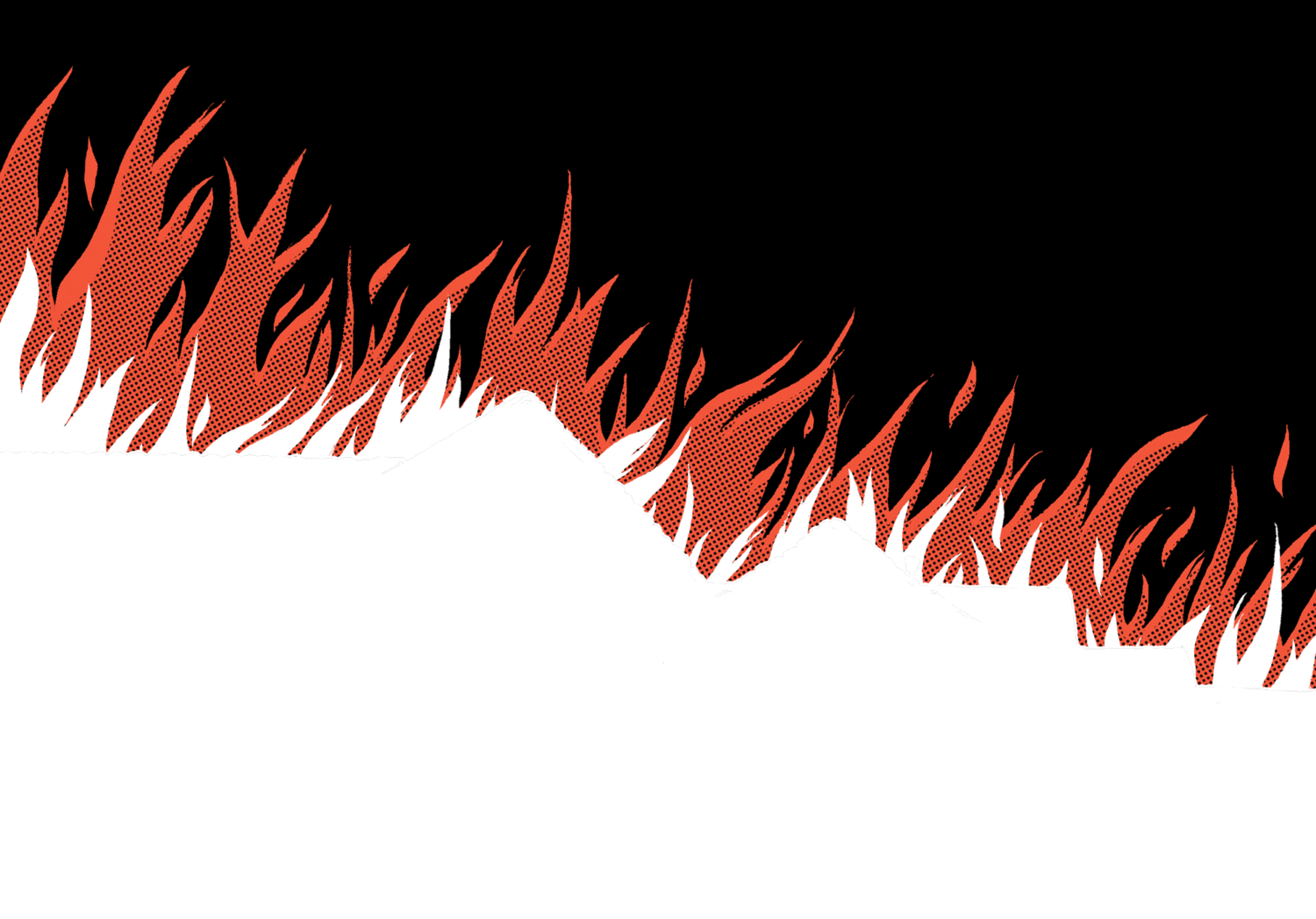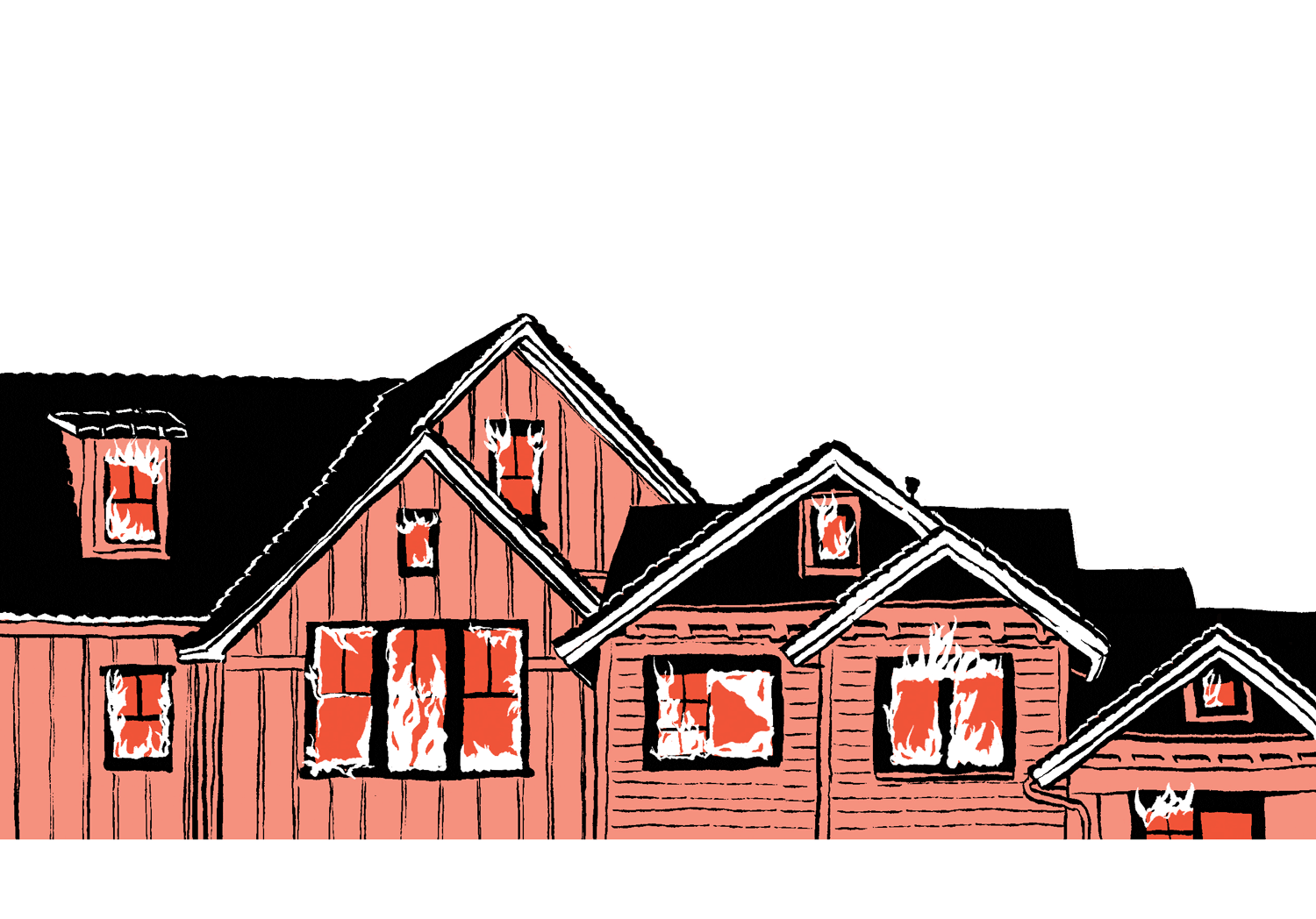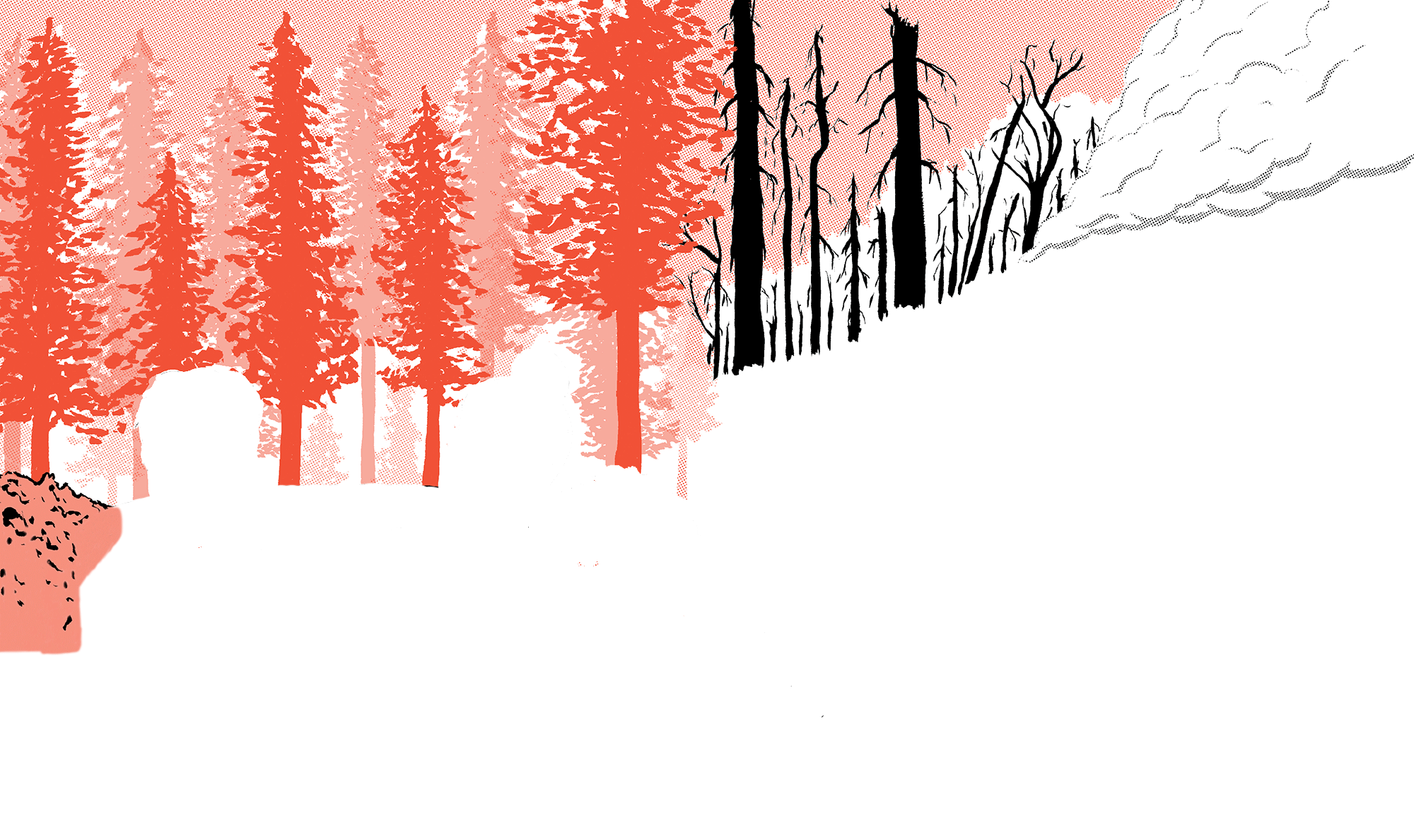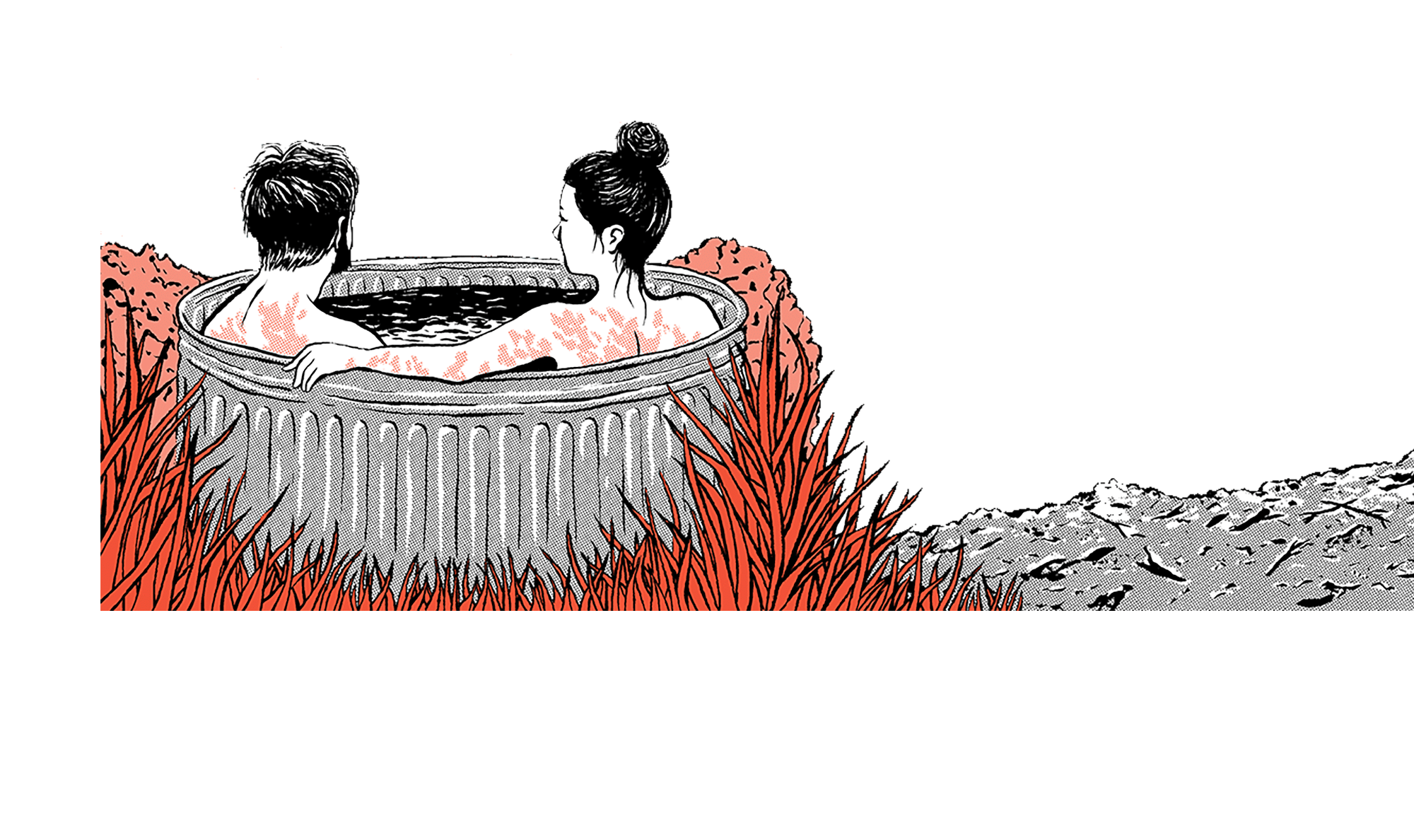Objects of Fire
In Berry Creek, it came in the middle of the night. In Paradise, at 8 a.m.—some people had already left for work; some weren’t yet awake. In the hills of Sonoma County, a woman looked up and saw flames reflected on the smoke above and knew it was coming. In Boulder Creek, the fire had been burning for a week, the skies tinted orange, before winds shifted suddenly and sent blackened leaves to crumble to ash on the ground. And then it was time to go.
In California, wildfire has always been a fact of existence. Every year, from June through September, some sky somewhere in the state fills with smoke. But since 2017, when the Tubbs Fire tore through Santa Rosa, fires have shifted from the periphery of collective attention into the burning spotlight. Unlike those in years before, the Tubbs Fire did not confine itself to wildland but cut its path through a city. And unlike fires in years before, it came so fast that people didn’t have time to get out. Some took shelter in swimming pools while the flames washed over them. Twenty-two people died. At the time, it was the most destructive wildfire in California history.
In the background was the increasingly visible presence of climate change. Heat records were set and then broken across the state; drought became the norm; winters seemed to skip years. The anomaly of the Tubbs Fire lasted just over a year. One season later, the Camp Fire destroyed swaths of the town of Paradise and the surrounding rural communities in minutes, burning the length of a football field every two seconds. It became the new most destructive fire in California’s history. Eighty-six people died; almost everyone in town who remains has a story about a narrow escape through the flames. Since then, the forecasts no longer try to determine whether a fire will strike, but when and how it will come, what communities will be next, and what will happen if nothing changes.
By 2020, it was clear that nothing had changed. Last year, some 9,917 wildfires burned more than 4.2 million acres across California, taking thirty-three lives and more than 10,488 homes and structures. For months, the state glowed red. Every week, it seemed, another rural community turned to ash. Fire crept into the state’s cool coastal stretches. It seeped into the cities. It stayed through the summer months and past. Now California exists in a perpetual fire season.
For me and many other Californians, our new reality is a widening expanse of loss. You either know someone or you are someone who’s lost everything. I’m one of the former group—my childhood home survived the 2018 Camp Fire while many of my neighbors’ homes burned. After, I kept hearing the same proclamations of luck from the people around me. “Yes, we lost our home,” people would say, “but that’s just things.Things can be replaced.”
These statements of relative good fortune make sense. No one who’s lived through these fires had the privilege of waiting, of forewarning. There was just the fact of it—fire pouring down a mountain or through trees like water, and minutes to not find yourself within it. Making it out meant you survived when many didn’t. When so much has been lost, how can you justify grieving a few inconsequential objects?
Complete dispossession, though, is not so easy to rebound from. A thing may not be a life, but a life is built of things. Our objects are infused with our singular existence—memory, story, sentiment, belonging. They hold and write our histories, helping us explain ourselves to ourselves. Spoken words and lived events are ephemeral. But objects remain solid. That’s why we keep them so close. At least, until a wildfire burns them back to nothing.
In California’s recent wildfires, untold numbers of personal objects have become symbols of lost histories. But there hasn’t been much space to mourn them. With this in mind, I set out to collect some of the memories held in these objects. What follows is a small archive of life, as told through what has been lost.
You have reached your article limit
Sign up for a digital subscription and continue reading all new issues, plus our entire archives, for just $1.50/month.
Already a subscriber? Sign in








